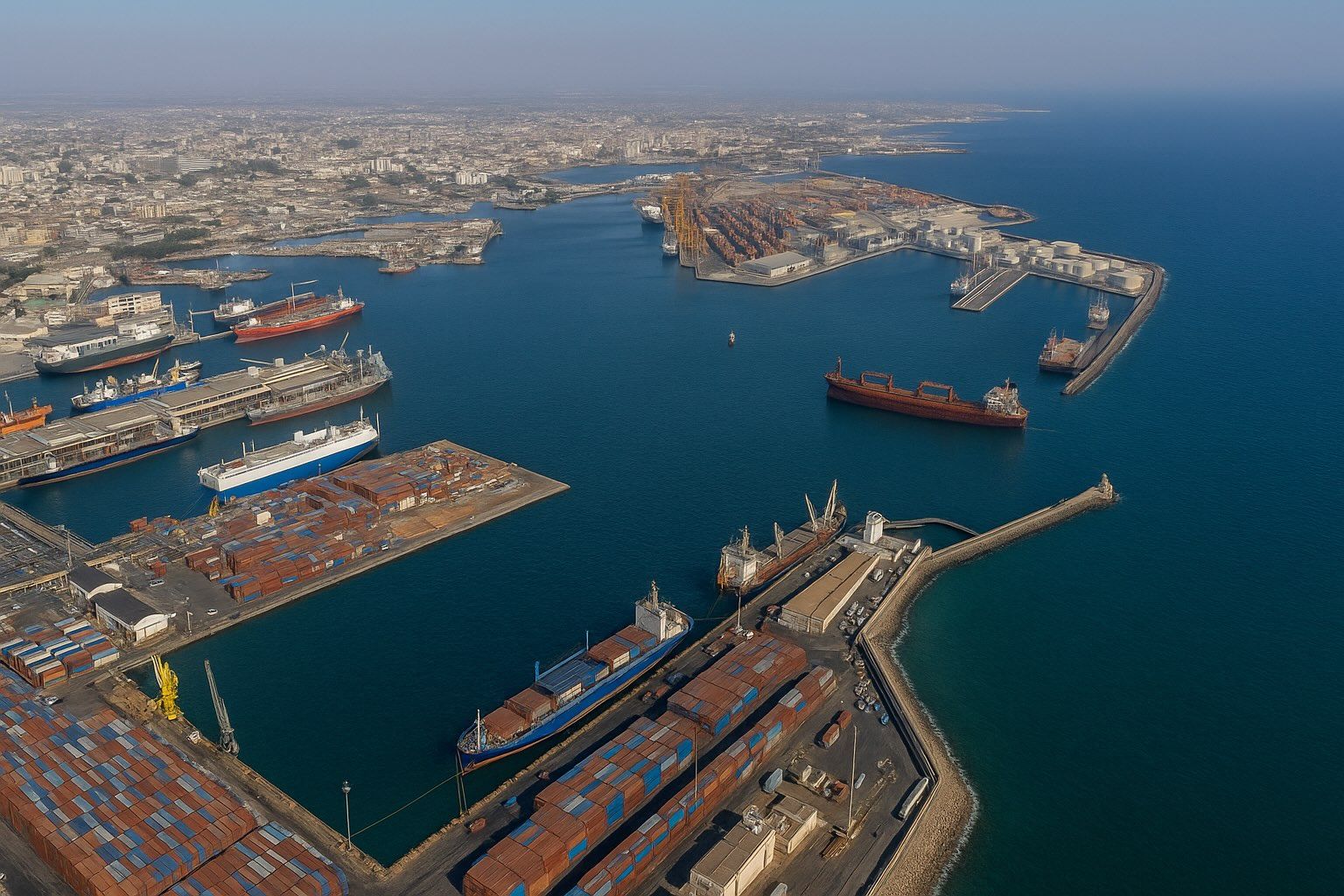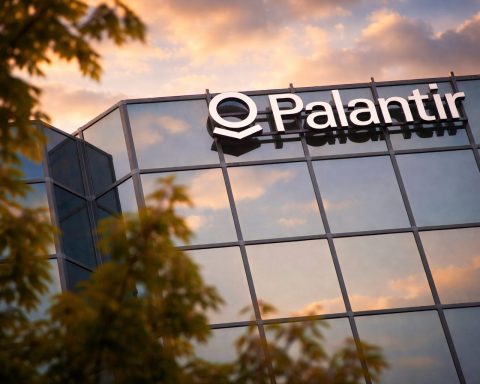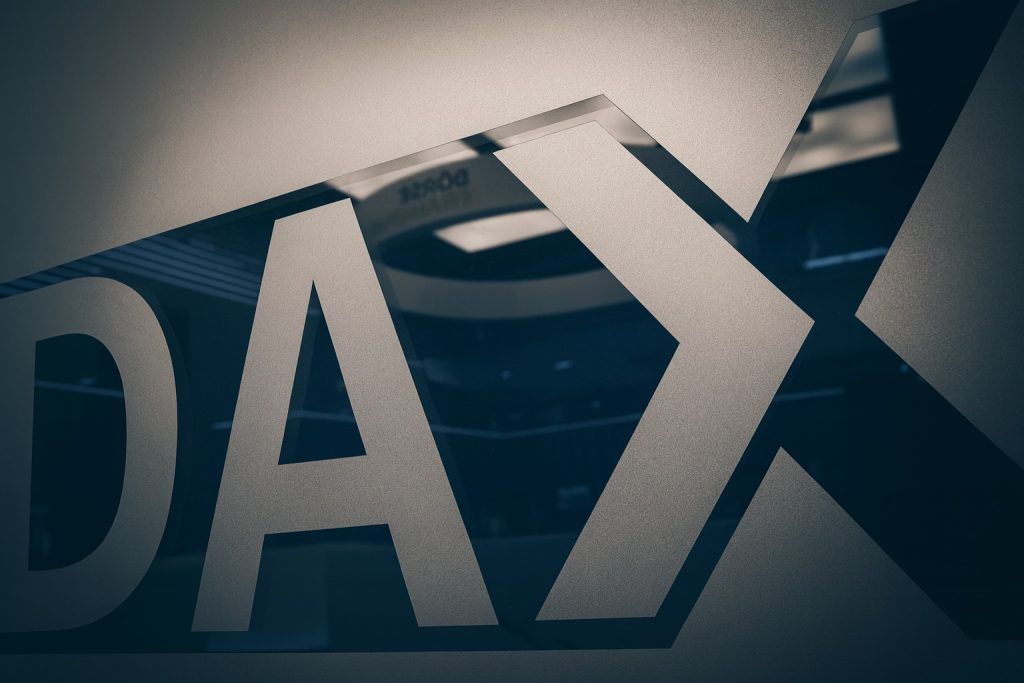Published: 10 November 2025
Dateline — Dakar. The Autonomous Port of Dakar (Port Autonome de Dakar, PAD) and Senegal’s Directorate General of Customs (Direction Générale des Douanes, DGD) have announced a pilot program to digitize cargo release using electronic delivery vouchers—known locally as Bons à Délivrer (BADs). The system is planned to go live on January 2, 2026 through the Electronic Port Single Window (GUPE), connecting port stakeholders end‑to‑end and replacing manual validation with automated, interoperable workflows. [1]
What’s changing
Under the initiative, BADs will be issued, exchanged, and validated electronically between the Single Window (GUPE) and all terminal operators. The aim is to streamline cargo removal, reduce administrative friction, and ensure near‑instant processing of release orders once all formalities are cleared. Authorities say the move should deliver measurable reductions in processing times while strengthening traceability and data security across the logistics chain. [2]
Why it matters for Senegal’s economy
PAD is a critical node for Senegal’s trade and public finances. According to sector reporting, the port generates nearly 95% of national customs revenue—equating to around 25% of the state budget—which amplifies the macroeconomic impact of any efficiency gains in clearance and gate operations. Faster, more transparent release processes are expected to cut dwell times, lower costs for shippers, and boost the port’s competitiveness in West Africa. [3]
Part of a longer digitalization arc
The pilot builds on the June 3, 2025 electronic data‑exchange protocol signed by PAD, Customs (DGD), DP World (DPW) and GAINDE 2000, which established technical interoperability between port and customs systems. It also complements earlier trade‑facilitation efforts such as the Orbus Infinity rollout in February 2024, extending digitalization from document submission into the last mile of cargo release. [4]
Timeline and next steps
- Now (announcement phase): PAD and Customs confirm the pilot for electronic BAD exchange and outline the architecture via GUPE. [5]
- By November 15, 2025: Maritime companies and port partners were asked to designate technical focal points to support the transition and integration workstreams. [6]
- January 2, 2026: Planned go‑live for electronic BADs within the Single Window, with all terminal operators connected for automated processing. [7]
Expected benefits for operators and cargo owners
Operational speed: Electronic issuance and validation of BADs removes manual handoffs that historically caused delays, unlocking faster gate‑out of containers and general cargo. [8]
Traceability: End‑to‑end digital footprints across GUPE and terminal systems will give authorities and operators real‑time visibility on where consignments are in the release pipeline. [9]
Security & integrity: Digital signatures and controlled system‑to‑system exchanges aim to reduce error rates and curb document tampering risks that can occur in paper‑based processes. [10]
Productivity: Less time spent on physical validation and clerical checks allows stakeholders to reallocate staff to higher‑value tasks, improving yard throughput and customer service. [11]
How the new flow will work
- Customs clearance completion triggers an electronic BAD in GUPE.
- System interconnection automatically pushes the BAD to the relevant terminal operator(s).
- Automated checks and validation occur within connected platforms, removing the need for separate manual exchanges.
- Gate authorization is confirmed digitally, enabling cargo pickup without paper vouchers. [12]
Industry readiness and integration
PAD has urged shipping lines and port operators to complete the necessary technical and organizational adjustments—and to nominate technical points of contact—to ensure a smooth switchover at the start of 2026. This preparation window is designed to finalize API connections, user provisioning, and operational SOPs for terminal and depot partners participating in the pilot. [13]
Local media framing
Senegalese media have characterized the move as a decisive step in modernizing the country’s port logistics, noting the pilot’s January 2 start date and reiterating the benefits in process automation, traceability, and security. Coverage also points to the prior data‑exchange protocol as the institutional groundwork for this change. [14]
The bottom line
The electronic BAD pilot is a targeted, system‑level reform that attacks one of the most delay‑prone steps in cargo clearance: the issuance and validation of the release order itself. If the January rollout proceeds as planned and delivers on promised gains, Dakar could set a new operational bar for West African ports in 2026—translating digital policy into faster, cleaner, more predictable logistics for importers and exporters. [15]
Sources: TechAfrica News; We Are Tech Africa; Seneweb (English edition). [16]
Editor’s note: This article reflects developments announced on November 10, 2025 and the planned go‑live date of January 2, 2026 as reported by the cited outlets.
References
1. www.wearetech.africa, 2. www.wearetech.africa, 3. www.wearetech.africa, 4. www.wearetech.africa, 5. www.wearetech.africa, 6. techafricanews.com, 7. www.wearetech.africa, 8. www.wearetech.africa, 9. techafricanews.com, 10. techafricanews.com, 11. techafricanews.com, 12. www.wearetech.africa, 13. techafricanews.com, 14. www.seneweb.com, 15. www.wearetech.africa, 16. techafricanews.com







